PROFESSIONAL VIEWPOINT: Journal Club
All of us at SOFT and the trisomy 18 community worldwide were saddened by the news of the two hospitalizations of Bella Santorum, daughter of Republican Presidential candidate, Rick Santorum, that appeared in various media sources in 2012. Most of these stories mentioned or made reference to trisomy 18. One of the descriptions that regularly occurred was the reference to trisomy 18 being “a rare genetic disorder.” These various news stories raised a question that we need to address: Is trisomy 18 a “rare genetic disorder”? This question is the theme of the following piece:
Many of the news items referred to trisomy 18 as a “chromosome disorder” or in one case (USA Today, Jan 31, 2012) “relatively common chromosome condition”, which would have been my preferred descriptor. However, “rare genetic disorder” is technically correct, but I would suggest is slightly misleading as there are ”two sides to every coin.” In regards to the “genetics” part, the use of that term is correct. “Genetic disorder” means that the basis of the condition involves genes and chromosomes in its cause. In that way, any condition produced by changes of chromosome number and structure, (for example trisomy 18, trisomy 13, and trisomy 21/Down syndrome), would be included under the heading of genetic disorder. That is not to say that trisomy 18 (or for that matter trisomy 13) is commonly familial or hereditary because- in fact -that is NOT the case. The occurrence in families of multiple members with trisomy 18 is particularly uncommon and usually only occurs in the setting of the translocation (and usually partial) forms of the condition. Thus one could say that trisomy 18 is very rarely familial or hereditary but is genetic.
But what about “rare”? The Office of Rare Diseases Research of the National Institutes of Health (NIH) considers a “rare disease” as one that occurs in less than 200,000 Americans. To say it another way, for a condition to be considered rare, there has to be less than 200,000 living persons with the condition at that point in time. Certainly trisomy 18 would qualify under this definition. Thinking about this issue led me to do some calculations to try to estimate how many individuals there are in the United States between the ages of 1 and 10 years with trisomy 18 at a point in time. If we take the number of births in the U.S. in any one year (about four million over the last decade), and the estimated frequency of liveborn infants with trisomy 18 (about 1 in 6,000), and the frequency of children with trisomy 18 who reach their first birthday (8% from the Centers for Disease Control study), we arrive at a figure of about 53 children with trisomy 18 born in any one-year period living at 12 months. If we multiply that by 10 years, that would be about 530 children between 1 and 10 years; however, we know that not all 1-year-olds will live to 10. Correcting the figure then for this becomes complicated, but I will simplify the process: Based on my own experience in Utah over the last 30 years, I would suggest that halving the figure would provide a rough estimate; thus there would be at least 265 children in the USA who are between 1-10 years of age. I will not attempt any further calculations, but one can see that at any one time even when we include infants under a year and persons older than 10 years with trisomy 18, the estimation of Americans will be far below the 200,000 figure required for a ” rare disease.” Thus we have established that trisomy 18 (similar estimates would apply to trisomy 13 and related disorders) would qualify under the Office of Rare Diseases Research definition of a rare disease.
However, as mentioned above, I prefer the term used by some stories (e.g. USA Today) “relatively common”. Why is that? Here is my thought: The overall frequency of a family experiencing the pregnancy and/or birth of an individual with trisomy 18 is 1 in 2,500 in the USA (see my Professional Viewpoint piece, February/March/April 2011, The SOFT Times, now online on trisomy.org). This figure of 1 in 2,500 comes from the 2008 Center for Disease Control study that I reviewed in that piece. It includes not only live born infants (as above- about 1 in 6,000) but also babies who were lost during pregnancy. (Thus the live born frequency is less than half of the known pregnancies of trisomy 18.) This figure of 1 in 2,500 means that the overall frequency of trisomy 18 is close to the known frequencies of cystic fibrosis (a much more widely known genetic condition) and spina bifida , and higher in frequency than hypothyroidism (which is the most common condition detected on the now expanded newborn screening programs other than cystic fibrosis). This also means that trisomy 18 is more common than all of the biochemical/ metabolic conditions that are screened for on the current statewide newborn screening programs (including phenylketonuria-PKU). Thus, trisomy 18 is a relatively common chromosome condition. I would suggest that we want the public to be aware of trisomy 18 (and related disorders) and not consider the conditions to be so obscure and rare as to not engender concern and recognition of importance. It is not a surprise that advocates of the autism spectrum disorders have stressed the relative high frequency of these disorders.
Now having said that, I think it is also important to emphasize that by being a “rare genetic disease,” trisomy 18 falls under the definition of the National Organization of Rare Diseases (NORD) and the NIH’s Office of Rare Diseases Research. This means that researchers studying some aspect of trisomy 18 (and trisomy 13) potentially fundable by these two agencies would qualify for support. Returning to the “two sides of the same coin” axiom, I would summarize by saying that it is important for us to recognize that trisomy 18 is a “rare” condition, while in fact it is also relatively common.

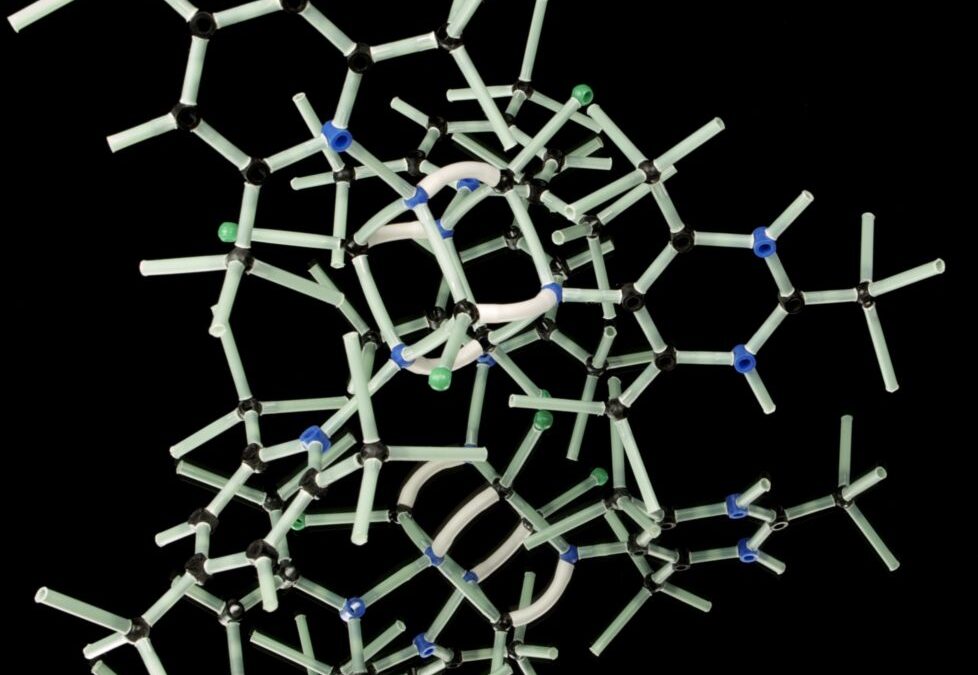
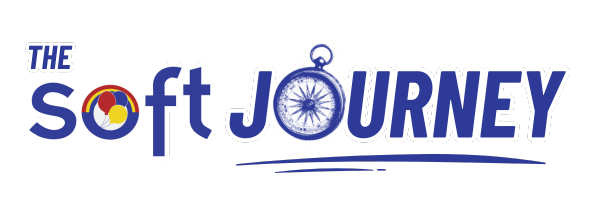
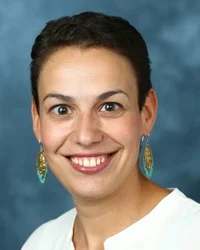
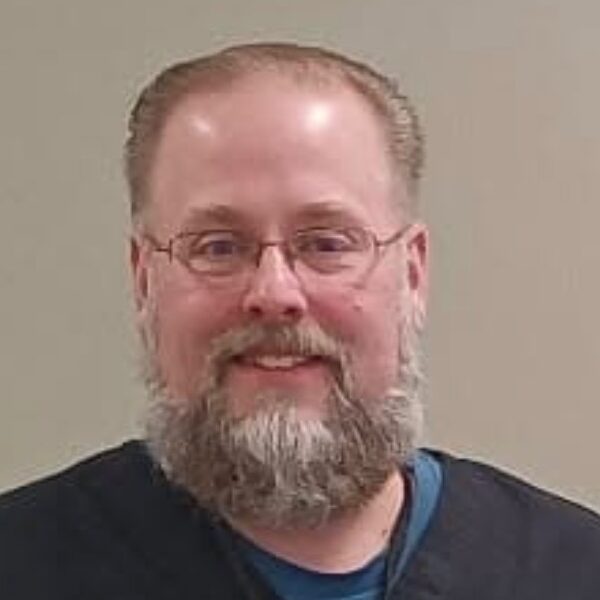



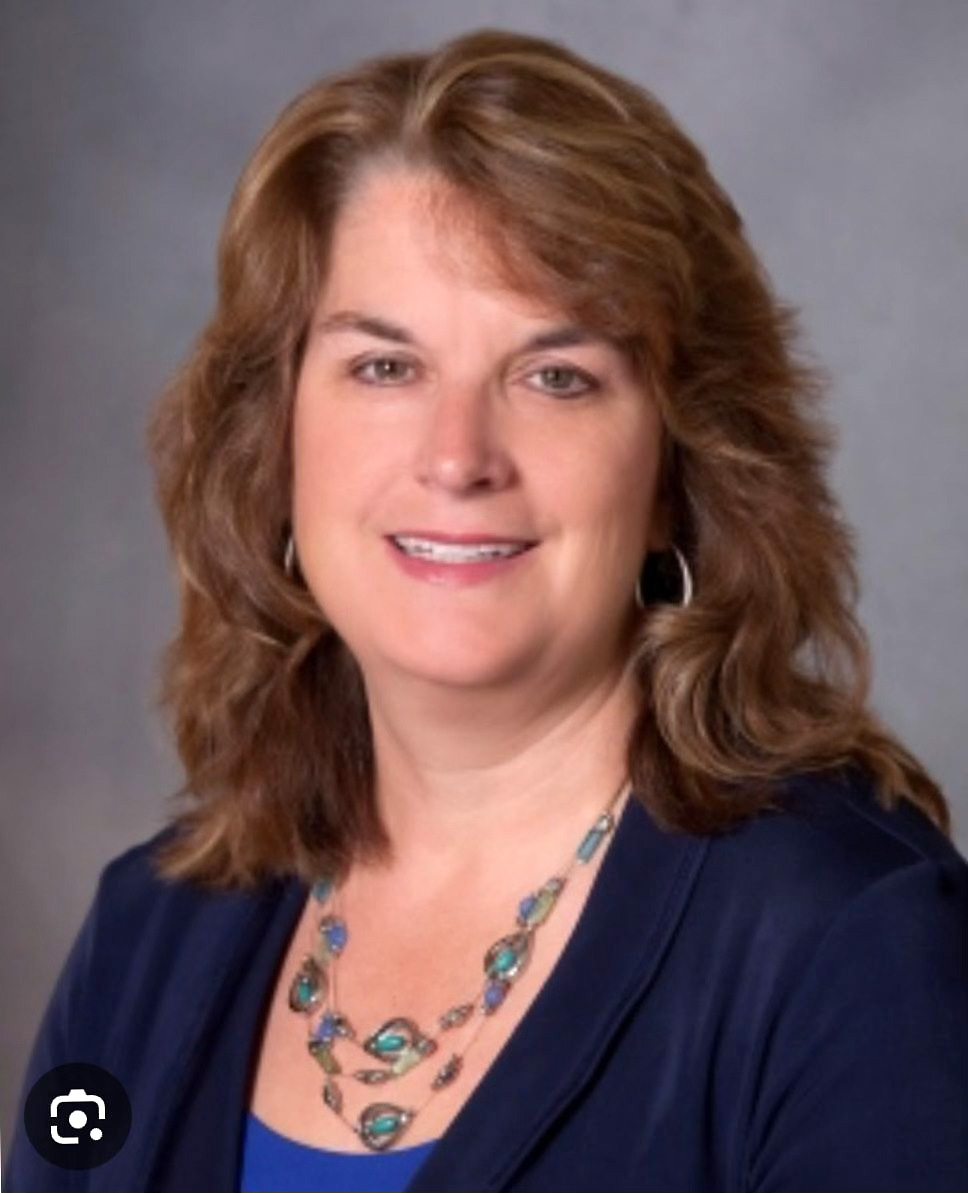

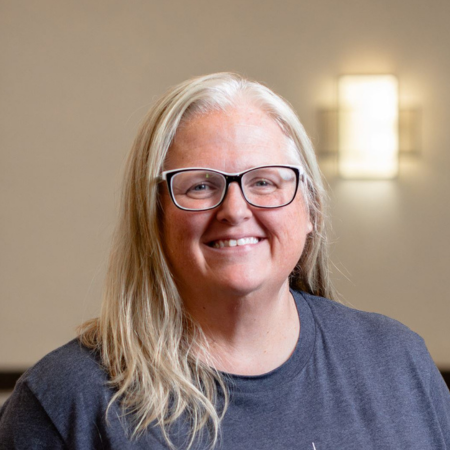

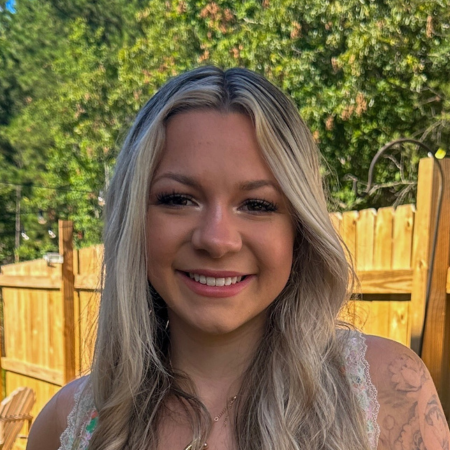
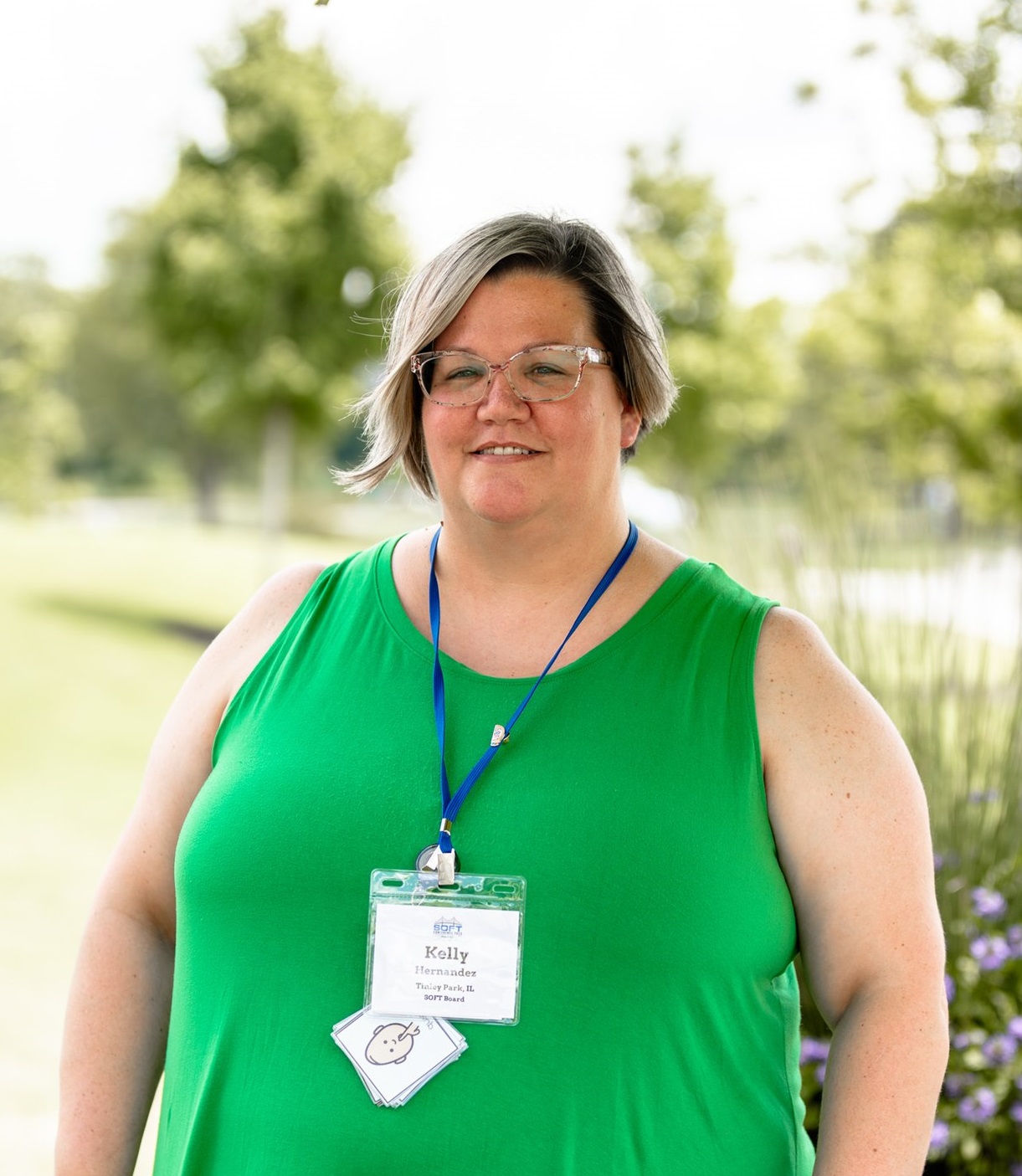
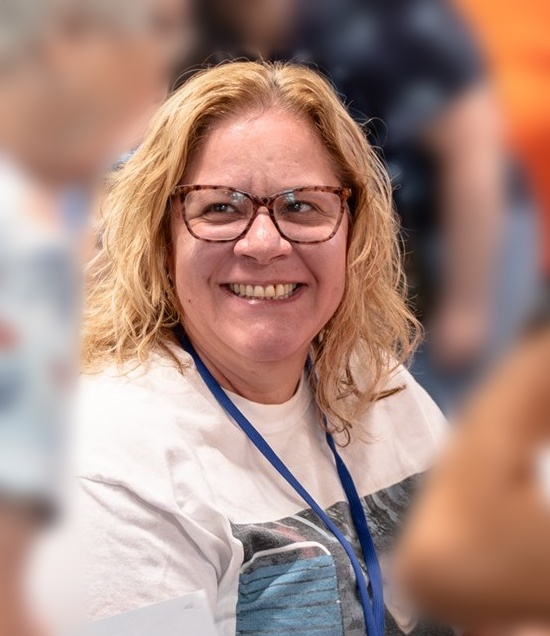
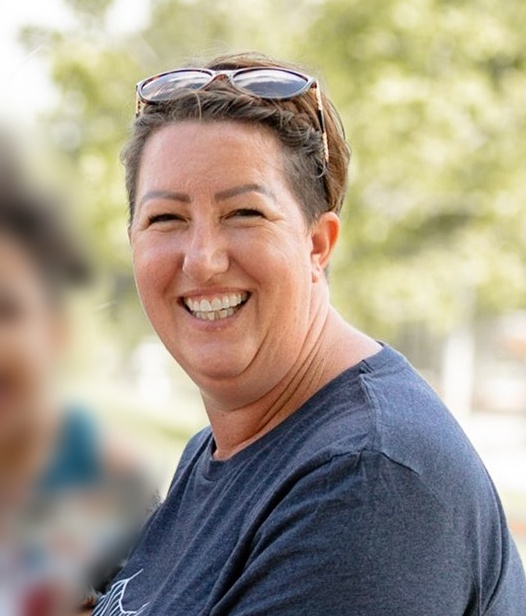

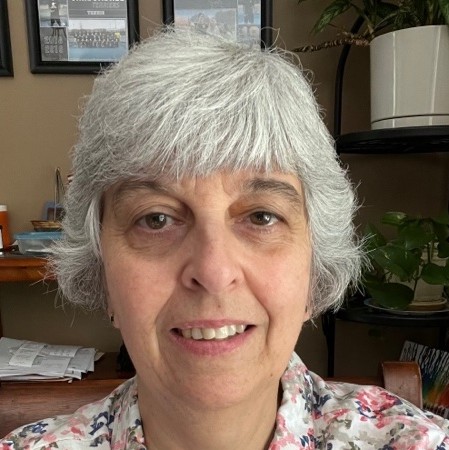

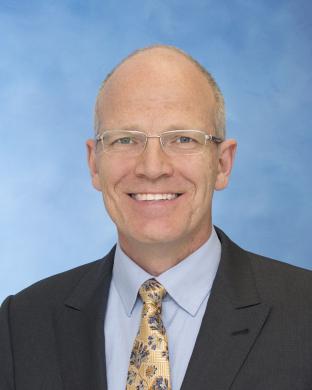
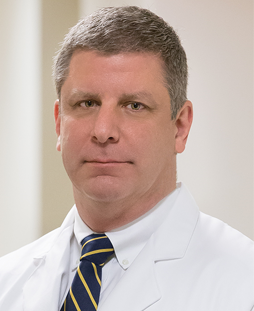

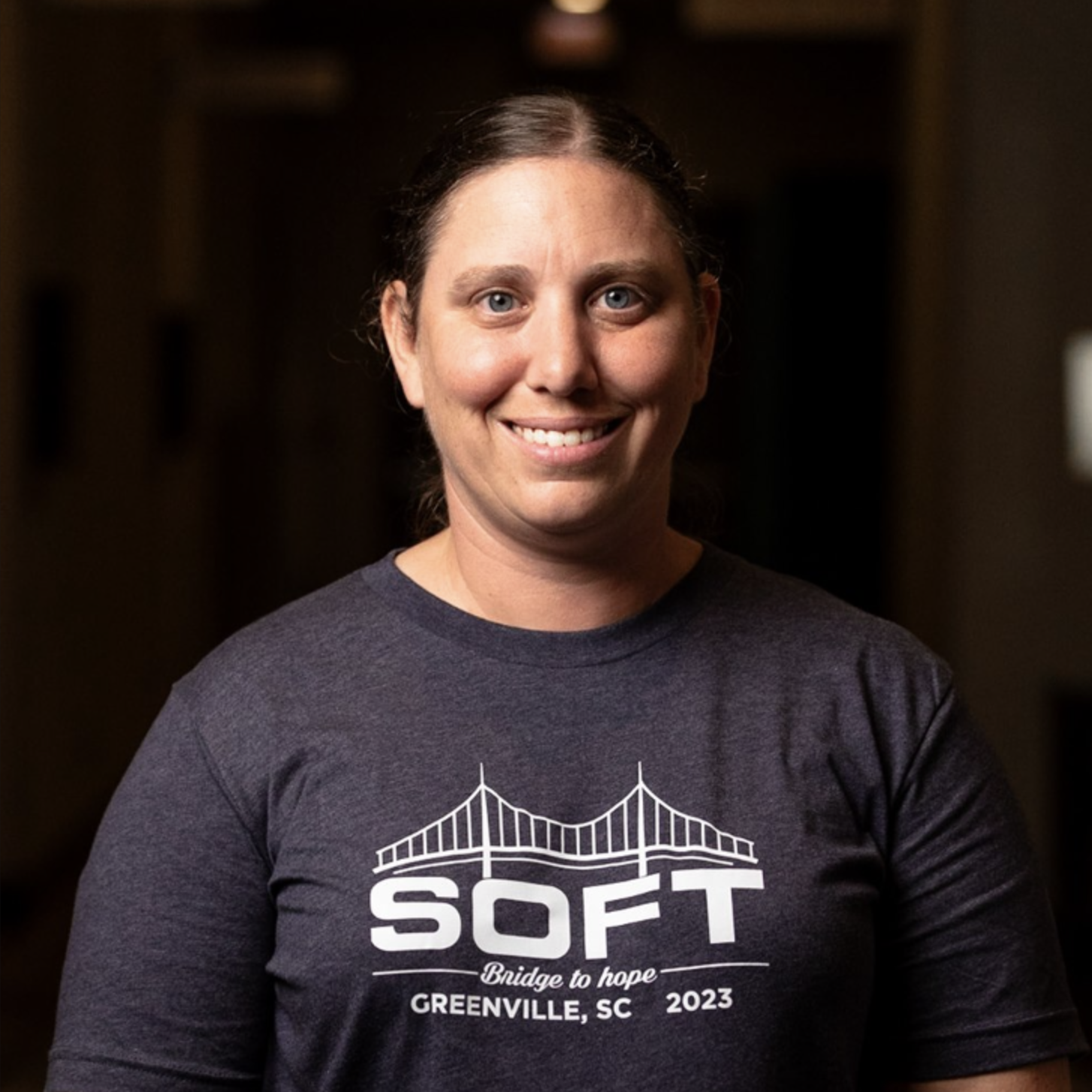



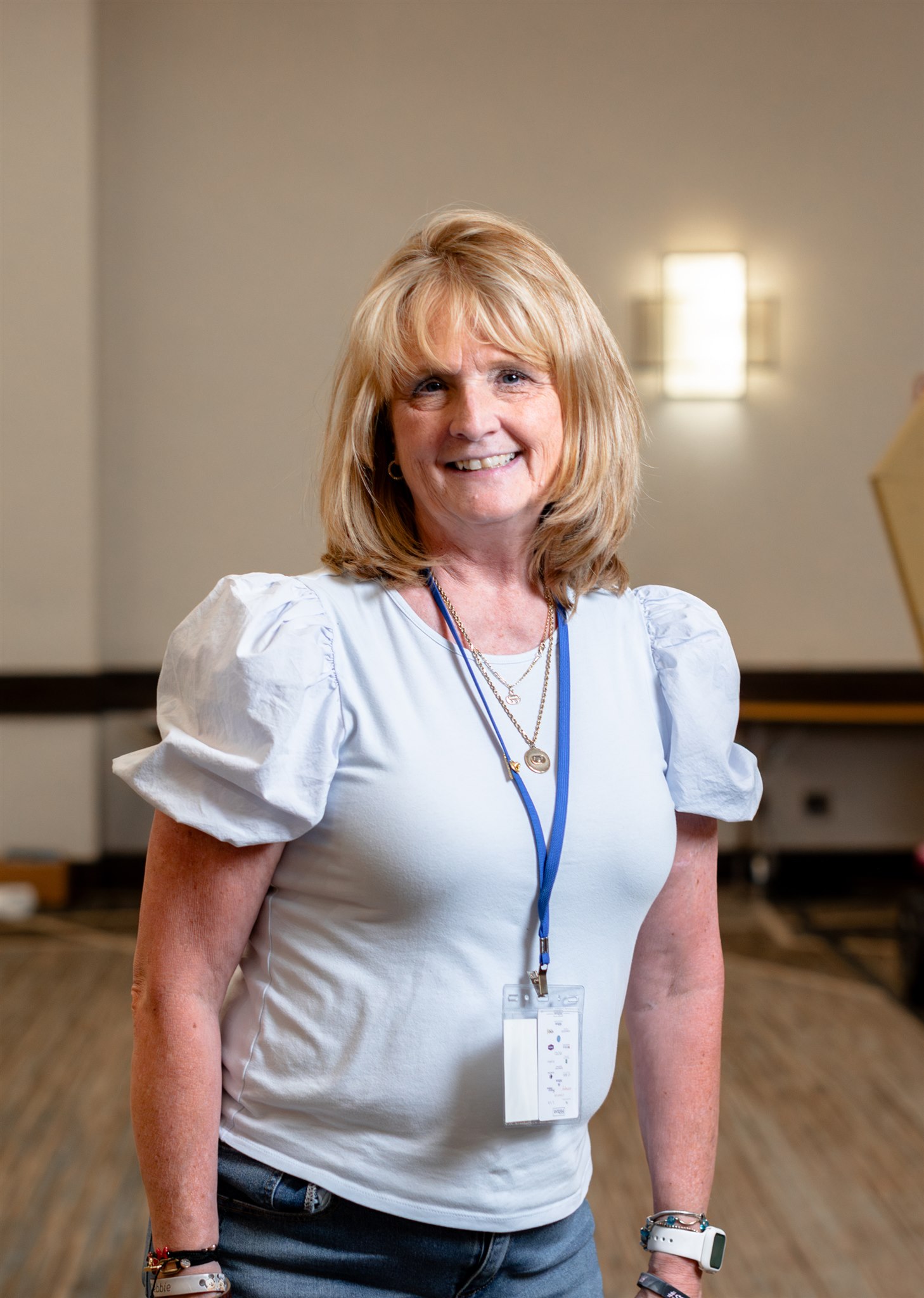
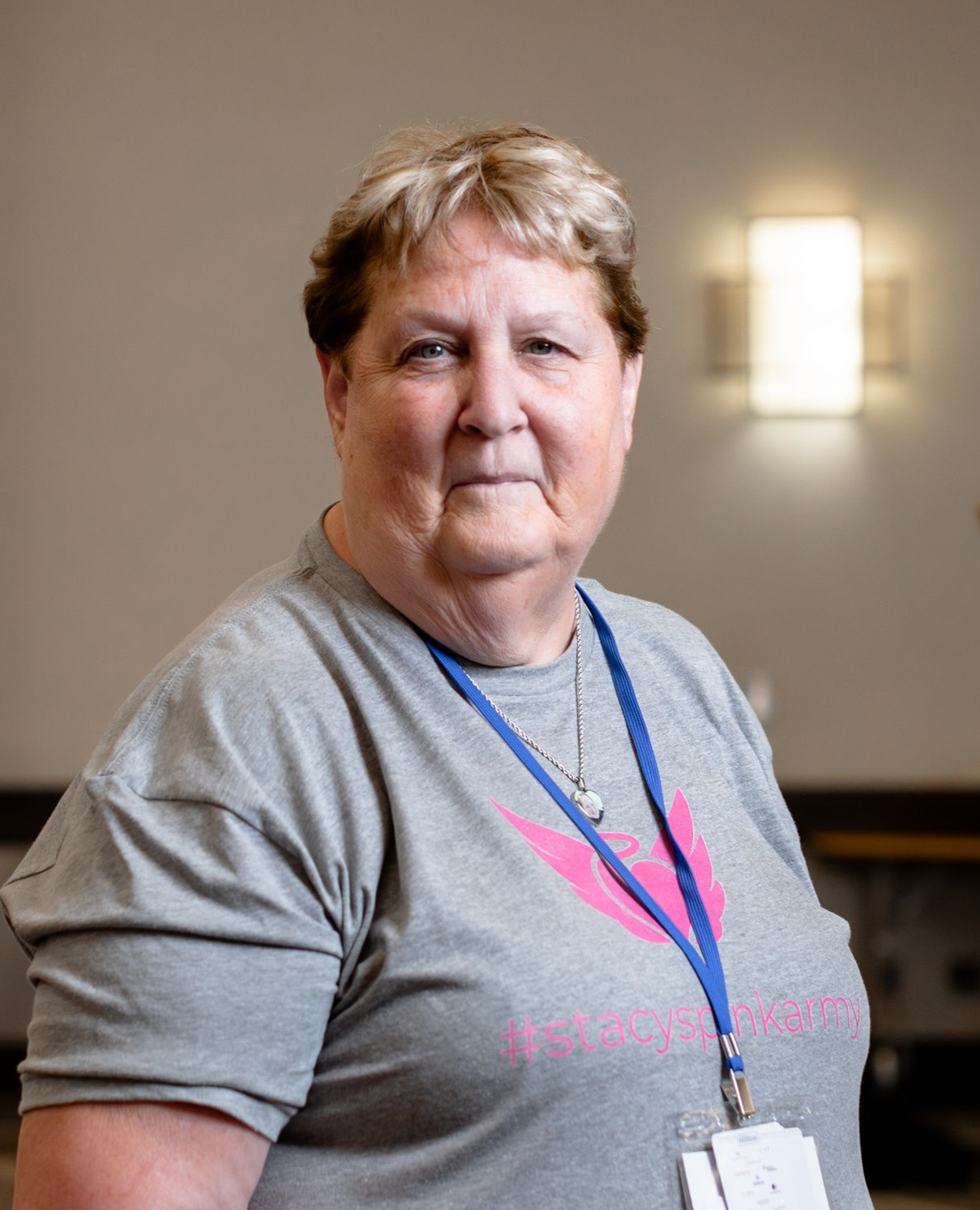
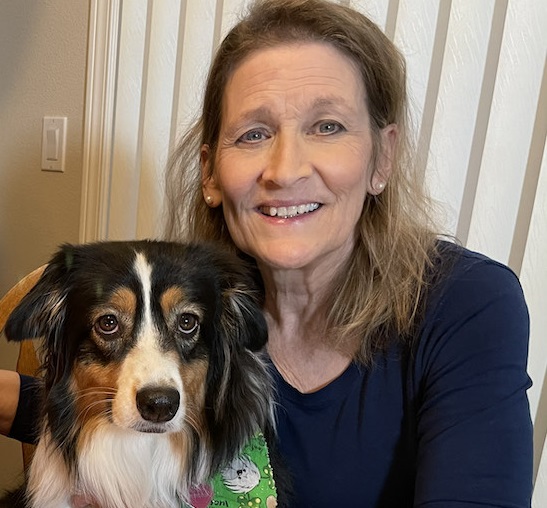
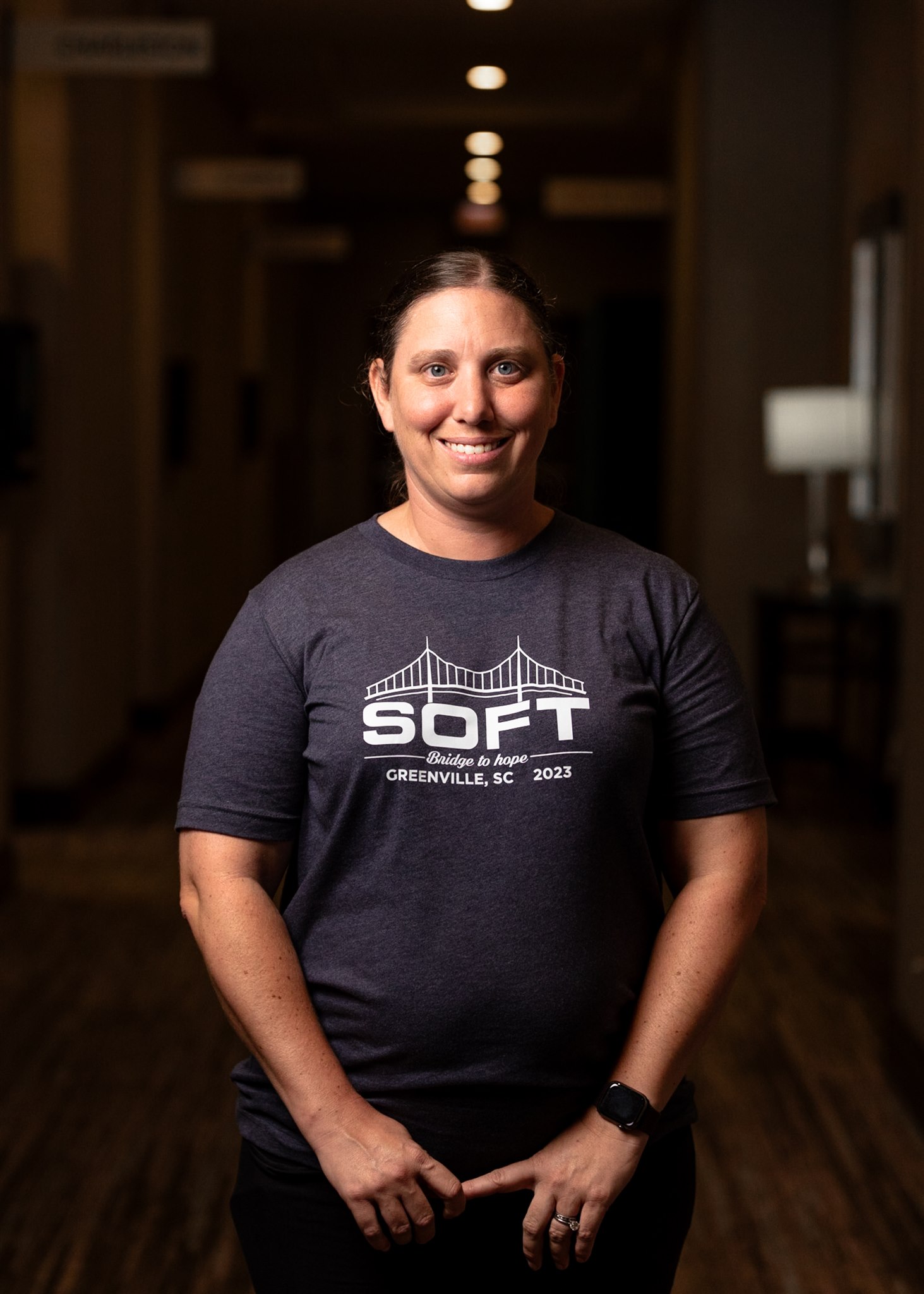

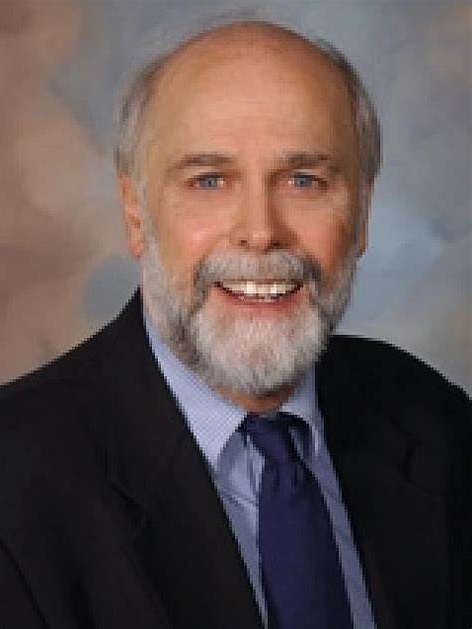
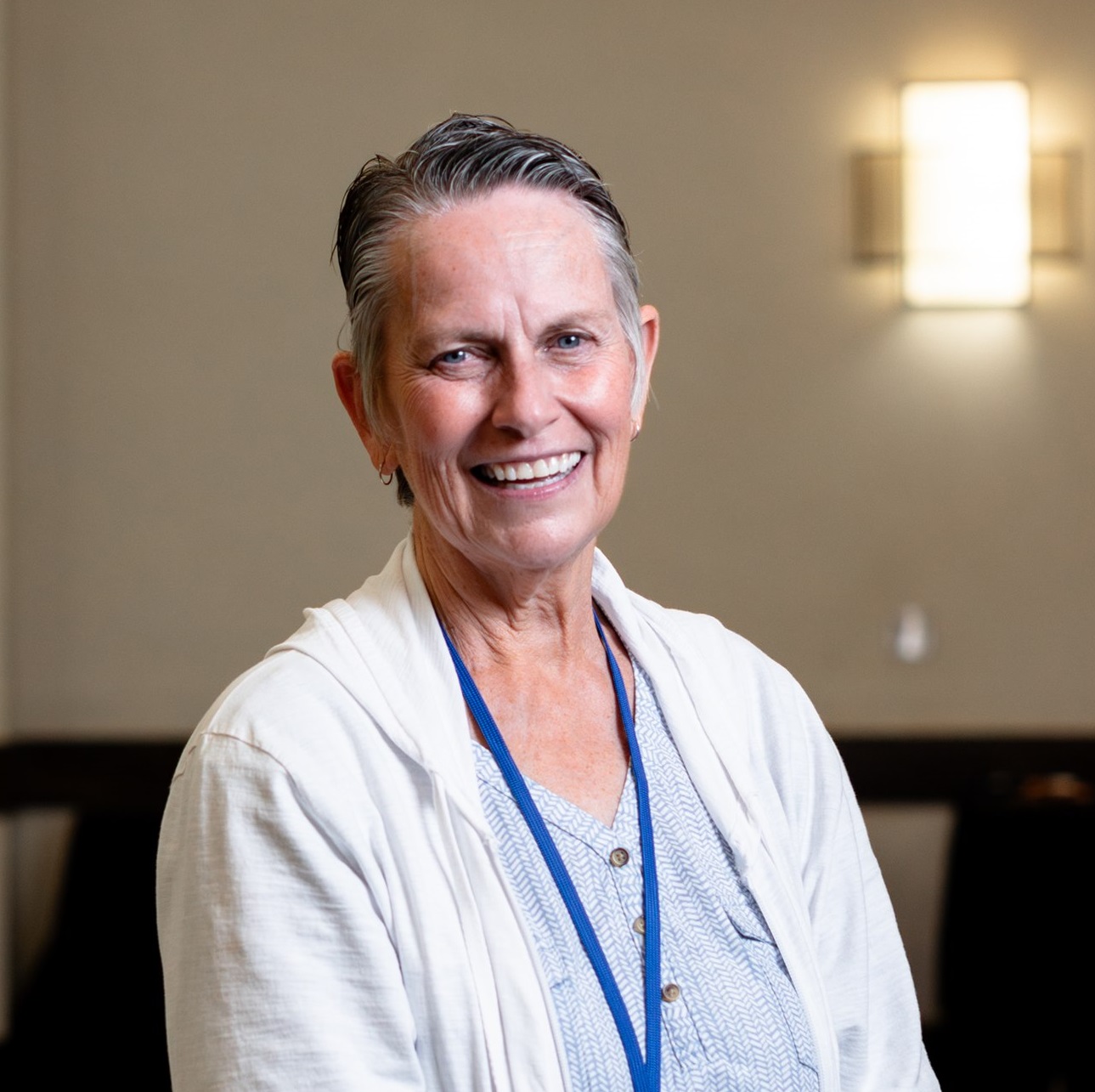

Recent Comments